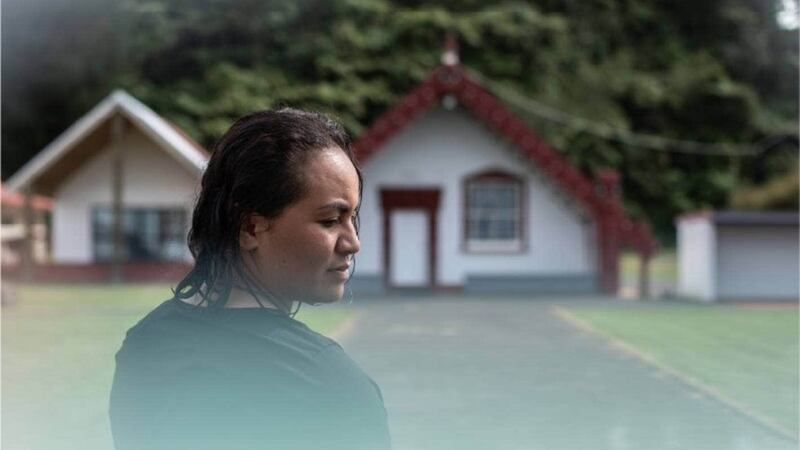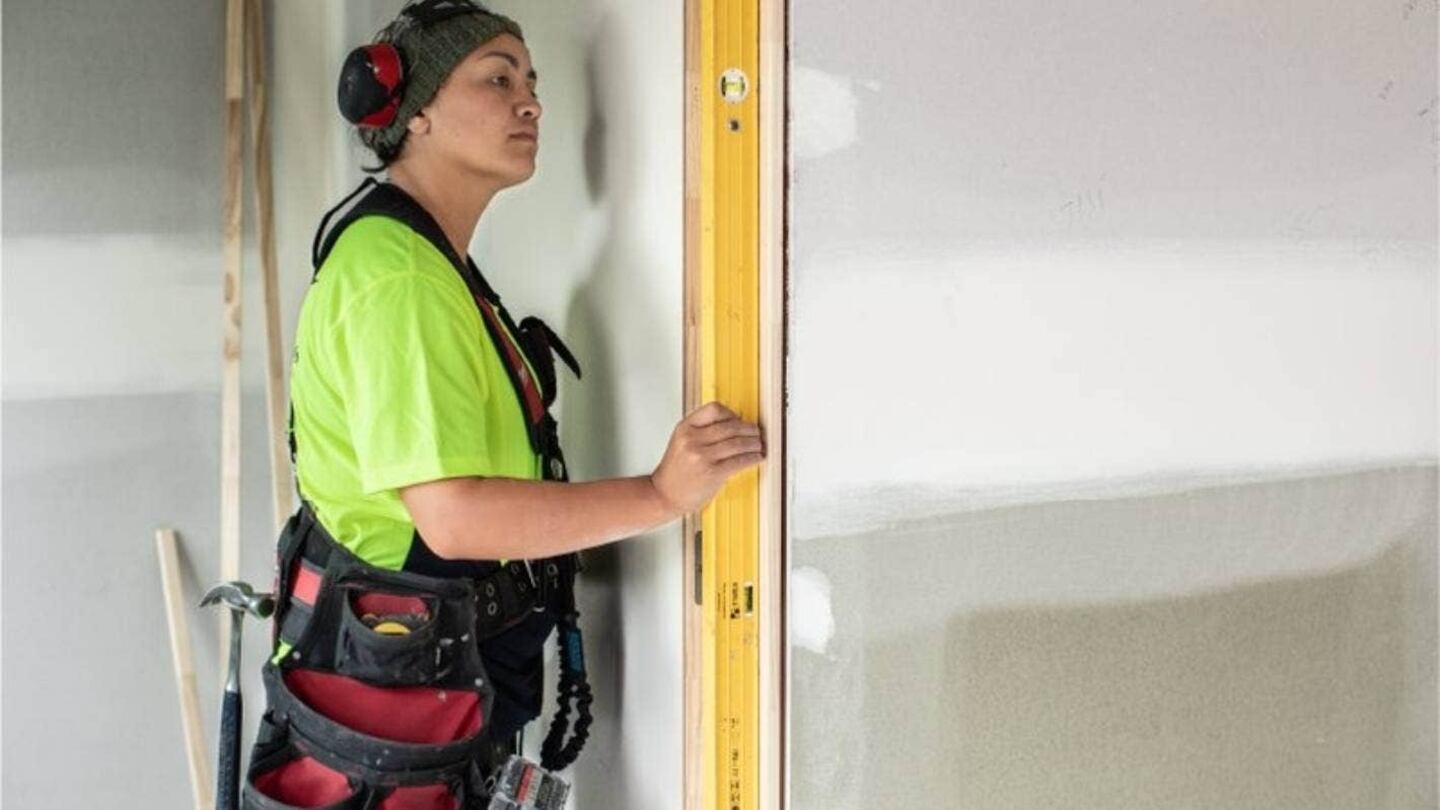Te Atamairangi Emery-Hughes realised she needed to make a change in her life after losing her brother to suicide.
“It did play on my mind quite a bit, that life was a bit too short to not do things that you love. Yeah, just to enjoy life in general,” the 29-year-old from Rotorua said.
“His death was a bit hard on me, and it kind of gave me a sense of purpose to enjoy everything that I can.”
The mother of two was tired of working office jobs and in hospitality, and after building a sandpit out of pallets for her son, she discovered she had a passion for the trades.
“We weren’t the wealthiest people... and it felt like we couldn’t afford to buy everything for our children,” she said.
“So I thought, if I can’t buy these things, maybe I should try and make them myself.”
The number of women in the construction workforce in Aotearoa has risen from 1% to 6% since 2015, and the sector has a target to increase this to 30%.
The Building & Construction Industry Training Organisation (BCITO), which manages apprenticeships in Aotearoa, launched its women in trades campaign in July.

The campaign aims to challenge stereotypes and encourage women to pursue careers in the industry. BCITO wants to increase its proportion of ākonga (students) who are women from 6% to 10% by 2025.
Emery-Hughes said becoming a builder has given her a lot of options for work.
“If the company that I’m working for ever went bust, I have the skills to create my own business. Like, I have my hands, I can go out there and do work for anyone,” she said.
“So I don’t really ever have to worry about financial security because I can create it myself, and there’s so much work out there for builders.”
Workforce Development Council Waihanga Ara Rau predicts there will be $282 billion of work in construction over the next five years, and the number of skilled workers in the industry must double to meet that demand.
BCITO’s principal adviser for women, Amanda Williams, said, along with addressing skill shortages, having a diverse workforce brings significant advantages.
“We want to challenge the stereotypes and address myths about the capability of women in trade-based work,” she said.
“Our purpose is about removing barriers, increasing participation and success for women. We have a vision to have a more sustainable, diverse and inclusive workforce where we want everyone to be able to thrive in the trades.”

Williams said her message for women thinking of joining the trade industry was that now is the time.
“It’s about people being able to see themselves, our women being able to see themselves in that space, in construction. If you can see it, you can be it,” she said.
“The construction industry creates so many opportunities. It builds people, it builds leaders and that’s what we’re wanting for our women,” she said.
Emery-Hughes said she wants to see other women give the trade industry a go.
“You don’t have to be extremely strong to do this job. There’s so much more to it than the strength side of it,” she said.
“I reckon most women will probably end up loving it unless you don’t like breaking your nails, and having a bad hair day every now and again.”

